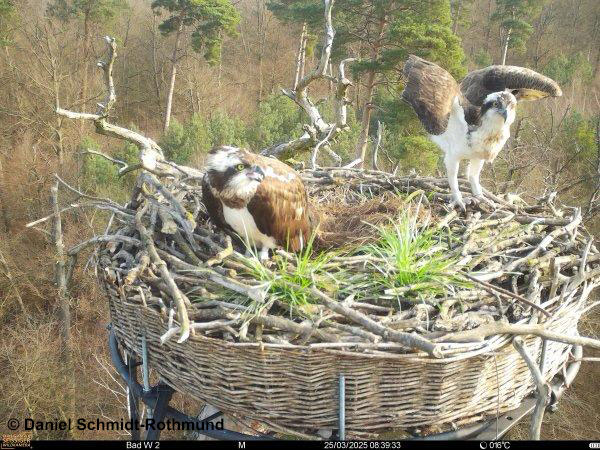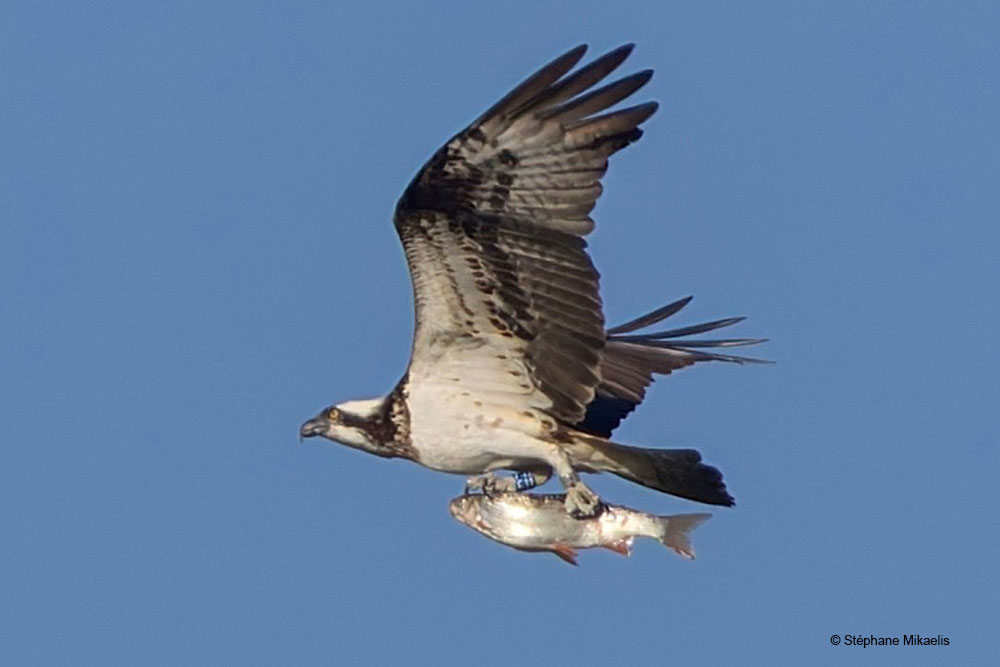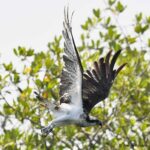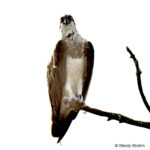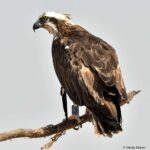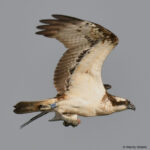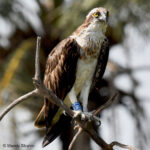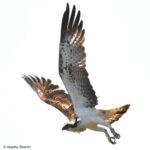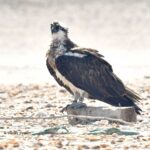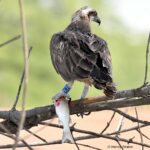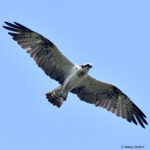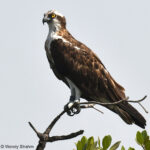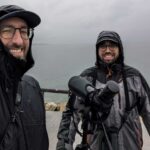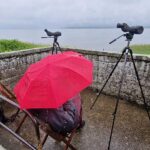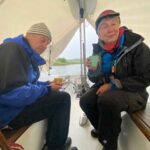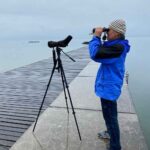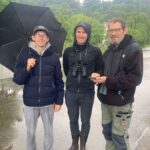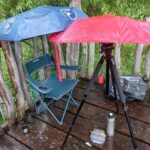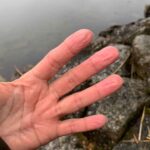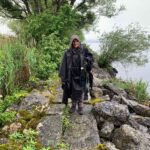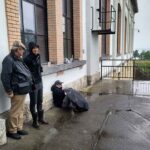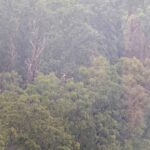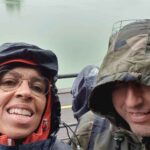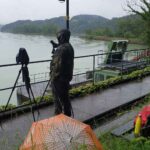The Osprey season seems to start earlier each year. After the surprise sighting of Pistache F11 in France on March 11, we received the first good news from Switzerland on March 22, when Martin Zimmerli spotted Olympe F28 back in the Grande Cariçaie along the shores of Lake Neuchâtel. Then on March 24 Fabian and David Grossenbacher saw another bird, presumably Arthur F12, back at Hagneck. This was soon confirmed by Stéphane Aubry, when he not only photographed Arthur (above), but Racine F29 as well. The same day Martin Zimmerli saw an Osprey at Fanel, most likely Racine even if his rings could not be seen. Racine does get around, but we really do want him to meet a female, not just another male!
March 24 also brought us good news from Germany: Daniel Schmidt-Rothmund informed us that Chronos (ex-PS9) had just returned to her nest in Baden-Wurttemberg, 5 days after her male had come back (in 2024 she had returned 4 days after him). Her partner was baptized “Kepler” last year, when the pair fledged three chicks. Let’s hope that they will be successful again this season (see below one of this year’s first camera-trap photos of the pair).
Finally, Dominique Lorentz tells us that Mouche PR4 and her male AM06 have also safely returned in the French department of Moselle (one bird was seen on March 17, and then both together on March 19). The dead tree where they successfully bred during the past four years fell down in January, and they are now setting up housekeeping on a nearby platform that was “preventively” built for them two years ago (as it was clear that their nest tree would not last for long). While it is sad that their natural nest is gone, the pair immediately adopted that platform to establish their new nest, which shows how important it is to provide platforms for Osprey.
